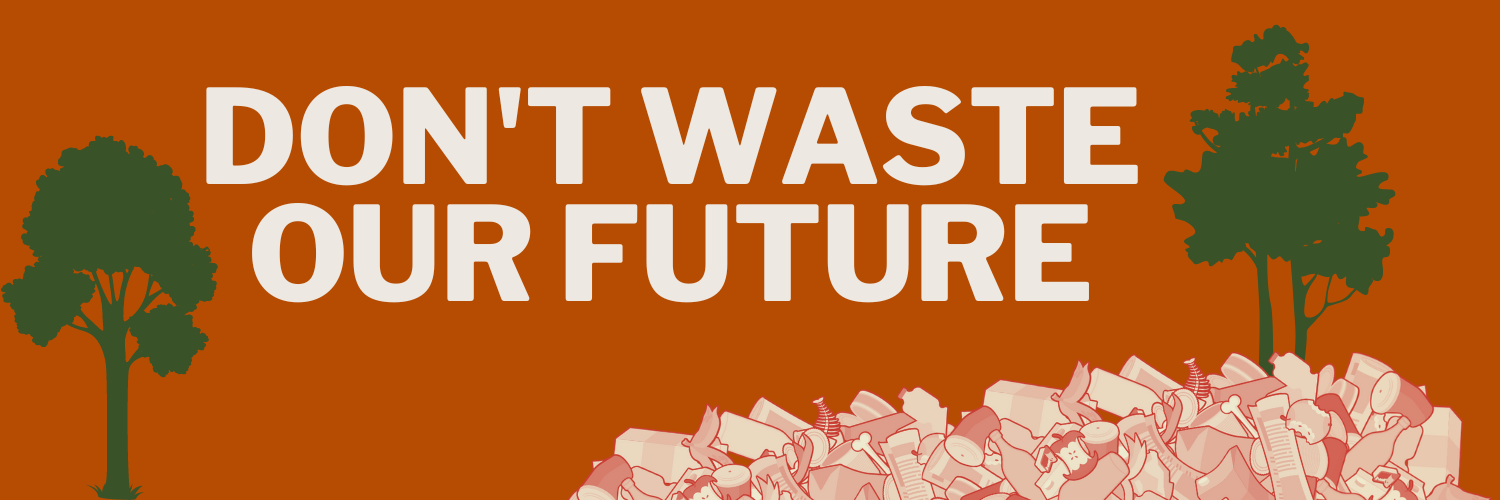Michigan’s Landfill Loophole: A Big Emissions Problem With a Clear Fix
When Michigan passed its clean energy standard in 2023, it sent a strong signal: the state is ready to lead on climate. But buried deep within the law is a quiet loophole that could undermine those goals if regulators don’t act soon.
Here’s the issue: the law allows landfill gas to count as “clean” energy—but only if operators follow best practices to capture methane and monitor emissions. That’s a smart guardrail. The problem? Michigan hasn’t defined those best practices yet. And without them, landfills could continue leaking large amounts of methane, a greenhouse gas over 80 times more potent than CO₂ in the short term, while still collecting clean energy credits.
Why This Matters
Landfills are Michigan’s #1 source of large industrial methane emissions, releasing an estimated 17 million metric tons of CO₂ equivalent in 2022 alone. And the real number is likely higher. Aerial surveys have spotted massive methane plumes at sites across the state, and U.S. EPA inspections have revealed troubling issues at landfills that are turning landfill gas into energy.
But methane isn’t the only problem. Landfill gas contains hazardous air pollutants, including compounds linked to asthma, cancer, and other serious health issues. Just as one example, after a scheduled inspection discovered numerous problems, the U.S. EPA served Brent Run Landfill, outside of Detroit, with a Finding of Violation of the Clean AIr Act, including failure to report exceedances, failure to properly calculate maximum expected flow rate, failure to maintain cover integrity, failure to perform compliant surface emissions monitoring (SEM) and failure to maintain surface-level methane concentration below 500 parts per million (ppm) - During a single abbreviated SEM event, EPA discovered more surface-emission exceedances than Brent Run did in five years of quarterly SEM monitoring. The Finding of Violation stated:
“The violations described above have caused or can cause excess emissions of hydrogen sulfide, volatile hazardous air pollutants (VHAP), volatile organic compounds (VOC), and methane. Hydrogen sulfide can lead to irritation, headaches, nausea, and respiratory stress. Hydrogen sulfide also significantly contributes to local odor nuisances reducing surrounding quality of life. VOCs and methane contribute to ground-level ozone formation. Breathing ozone contributes to a variety of health problems including chest pain, coughing, throat irritation, and congestion. It can worsen bronchitis, emphysema, and asthma. Ground-level ozone can also reduce lung function and inflame lung tissue. Repeated exposure may permanently scar lung tissue. VHAP emissions can lead to a variety of adverse health effects including cancer, respiratory irritation, and damage to the nervous system.” - U.S. EPA Region 5, January 2023, Finding of Violation.
Learn more about how landfills impact the health and well-being of communities.
The Fix Is Clear—and Already in Use
Michigan doesn’t have to start from scratch. Other states are already putting smarter safeguards in place:
Colorado has proposed landfill methane emissions rules requiring that operators respond to aerial monitoring, stricter cover requirements and enclosed flares.
California ties landfill gas eligibility to the use of advanced methane monitoring technology and a high methane destruction efficiency.
Michigan state law requires landfills to install gas collection systems earlier than federal standards. But without final best practices from the Department of Environment, Great Lakes, and Energy (EGLE), the clean energy law remains toothless where it matters most.
What Should EGLE Do?
EGLE should act quickly to publish a clear, enforceable definition of best practices, including:
Automated wellhead tuning to boost methane capture in real time.
Stronger gas destruction standards, including 99% combustion efficiency and regular performance testing
Advanced monitoring technologies like drones, mobile sensors, and satellites to supplement the incomplete, error-ridden manual monitoring practices in place.
Improved landfill cover standards and methane-oxidizing biocovers.
Public, accessible reporting of emissions data so communities have the information they need.
Super-emitter response protocols, modeled after Colorado’s proposal.
These solutions are cost-effective and proven. For example, drone technology is already being deployed at over 140 landfills across North America. These best practices can help Michigan meet its climate targets while protecting public health and improving transparency.
What’s Next
If Michigan wants landfill gas to qualify as “clean,” it has to earn it. That means putting basic safeguards in place to ensure energy projects aren’t just greenwashed waste operations.
EGLE has the authority and obligation to close this loophole and uphold the law's intent. Communities across the state are watching.
recent news coverage
Public News Service, 8/1: MI leads nation in toxic methane emissions from landfills
WDIV-TV, 7/5: Methane leaks from Michigan landfills pose environmental threat.
